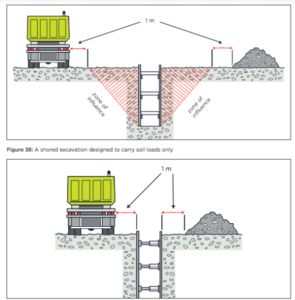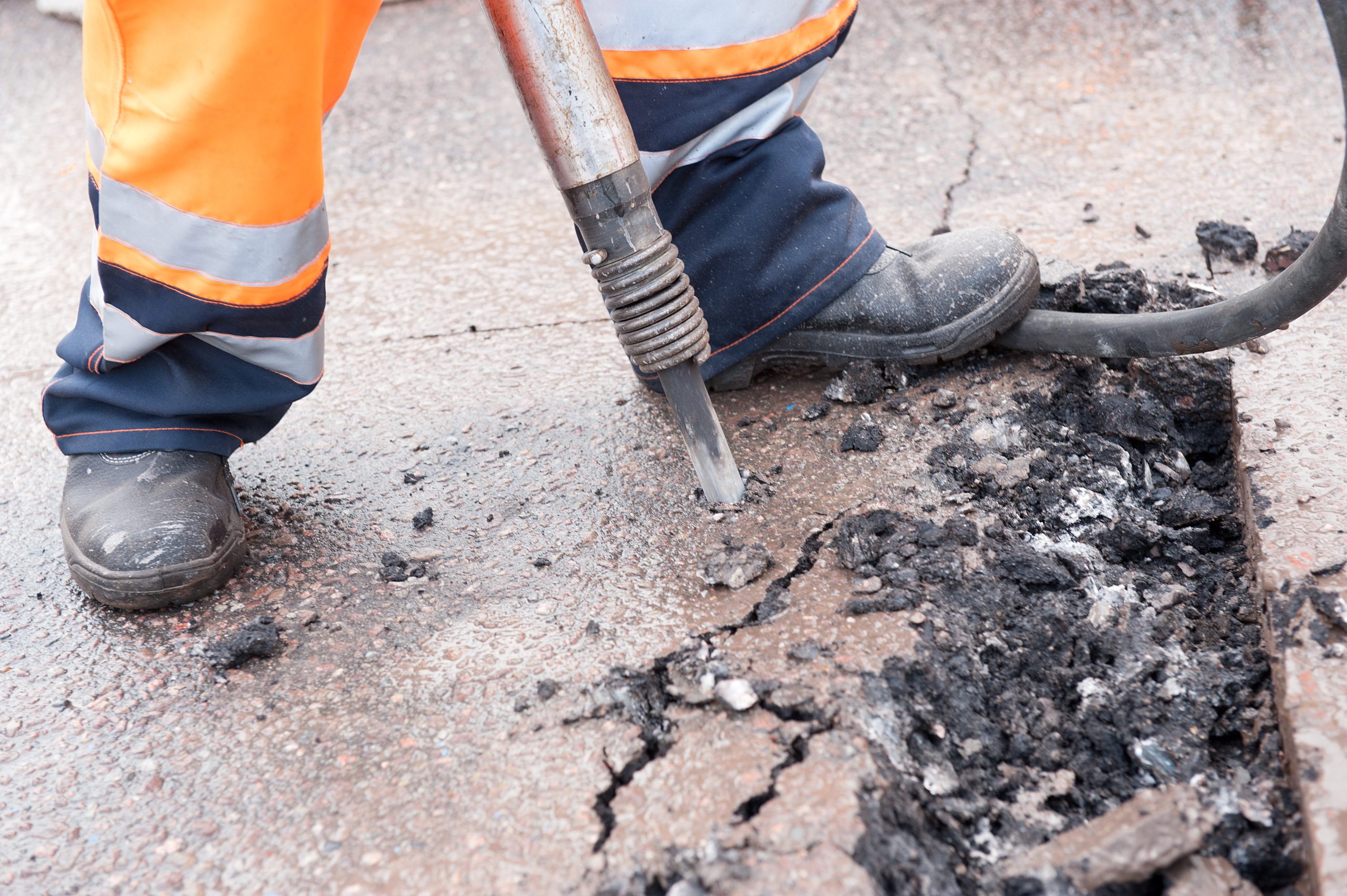Do you know what you need to do before you demolish or refurbish a property, building or structure? Find out what the asbestos regulations mean for you before doing any work.
Identifying Asbestos
Planning is key to identifying all potential hazards and the risks involved when doing any sort of demolition or refurbishment work. Asbestos can be found in buildings constructed or renovated before the year 2000 and as such it is more than likely to be present at your next job.
You can find out more about where asbestos may be in Australian homes here.
Asbestos or asbestos containing material (ACM) must be identified and removed by a competent person before the demolition or refurbishment is started (unless demolition is required to gain access to the asbestos). Things to consider when planning your work:
-
- Are there inaccessible areas that are likely to be disturbed during the demolition or refurbishment?
- What is the type and condition of the asbestos or ACM?
- What is the quantity of asbestos or ACM?
- What is the method of demolition or refurbishment, and how will it affect the asbestos or ACM?
- If asbestos is likely to be disturbed during demolition or refurbishment, can it be removed safely before work starts; if so, how can this be done
- Have I confirmed with my state safety regulator that they need to be informed of the proposed ACM removal works?
If the competent person is unsure whether asbestos is present it must be assumed that it is and all steps taken to mitigate the asbestos risks. If asbestos is identified you must notify all parties involved such as the homeowner, landlord, occupant and/or the contractor in control of the site.
Asbestos Management Plan
Any works where asbestos has been identified will require an asbestos management plan. This outlines where any asbestos or ACM has been identified. Your plan must contain the following:
- the identification of asbestos and ACM (eg where any signs and labels are located)
- decisions, and reasons for the decisions, about how the asbestos risks are managed (eg safe work procedures and control measures)
- procedures for recording incidents or emergencies involving asbestos in the workplace
- information about the workers carrying out work involving asbestos, including
- information and training that has been or will be provided
- their roles and responsibilities
- any health monitoring that has been or will be conducted.
Other information may be included in the asbestos management plan, such as:
- a timetable for managing asbestos exposure risks (eg priorities and dates for removal, reviews, circumstances and activities that could affect the timing of action)
- procedures, including a timetable for reviewing and (if necessary) revising the asbestos management plan and asbestos documentation
- waste disposal
- air monitoring procedures, if required.
Emergency Planning
An emergency plan is required for demolition work where plant and structures contain asbestos. When developing the emergency procedure, you should consider:
- the work being done in the workplace or home
- hazards in the workplace or home
- the workplace or home’s size and location (eg remote location, multi-level site with shared services)
- the number of workers and other people who might be at the work site (eg workers on shifts, maintenance and cleaning personnel, customers, people working alone).
The procedure should include:
- how to respond effectively to an emergency
- evacuation procedures
- notifying emergency services
- getting help, including medical treatment
- effective communication between the person the PCBU authorises to co-ordinate the emergency response and the people at the work site
- provisions for regularly testing the procedure
- what information, training and instruction will be given to relevant workers about how to put the emergency procedure into effect.
The emergency procedure must be carried out if there is an emergency.
If the plant or structure is not structurally sound or is going to collapse, make the area as safe as practical and notify your state safety regulator immediately.
Disposal of Asbestos
Before demolition starts, think of how you are going to dispose of the waste. Having a good waste containment and disposal process is just as important as having safe processes for working with asbestos.
Asbestos is considered special waste and special waste needs to be handled, buried, pre-treated or tested before it can be disposed of at the landfill. You need to make an application if you want to dispose of special waste.
Applications are often called special waste disposal declarations. Contact your local landfill to enquire about what they require before taking any material to them.
Not all landfills or transfer stations are authorised disposal sites, check with your local council to find out where your local authorised site is.
Double-bag all waste. All waste, including single-use masks and coveralls, cloths and plastic sheets should be double-bagged in heavy duty plastic bags. Twist the top of bags tightly, fold the necks over and seal with adhesive tape. Clearly mark the outer bag as asbestos waste.
Check with your receiving landfill for further details especially around handling details. There are often restrictions around how the material is offloaded.
If using skip bins or wheelie bins on site, be aware that many providers of these bins do not allow asbestos to be disposed of in them. Check your provider first for approval.
Document your disposal process in your Asbestos management plan and Asbestos Safe Work Method Statement (SWMS) considering the above.
As a HazardCo member you have access to a library of SWMS located in your Hub, which includes demolition and the removal of non-friable asbestos for anything less than 10m2. Use of these resources will help you to identify the hazards and risks in your workplace and the recommended controls.
Our team of Health and Safety Advisors are here to help you with anything you are unsure of, give us a call on 1800 954 702, option 4.


























